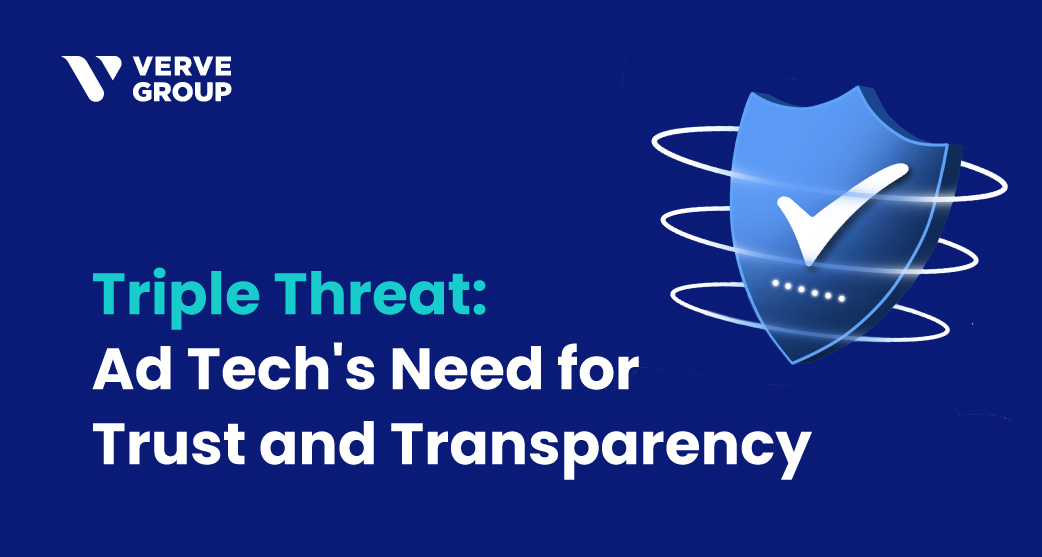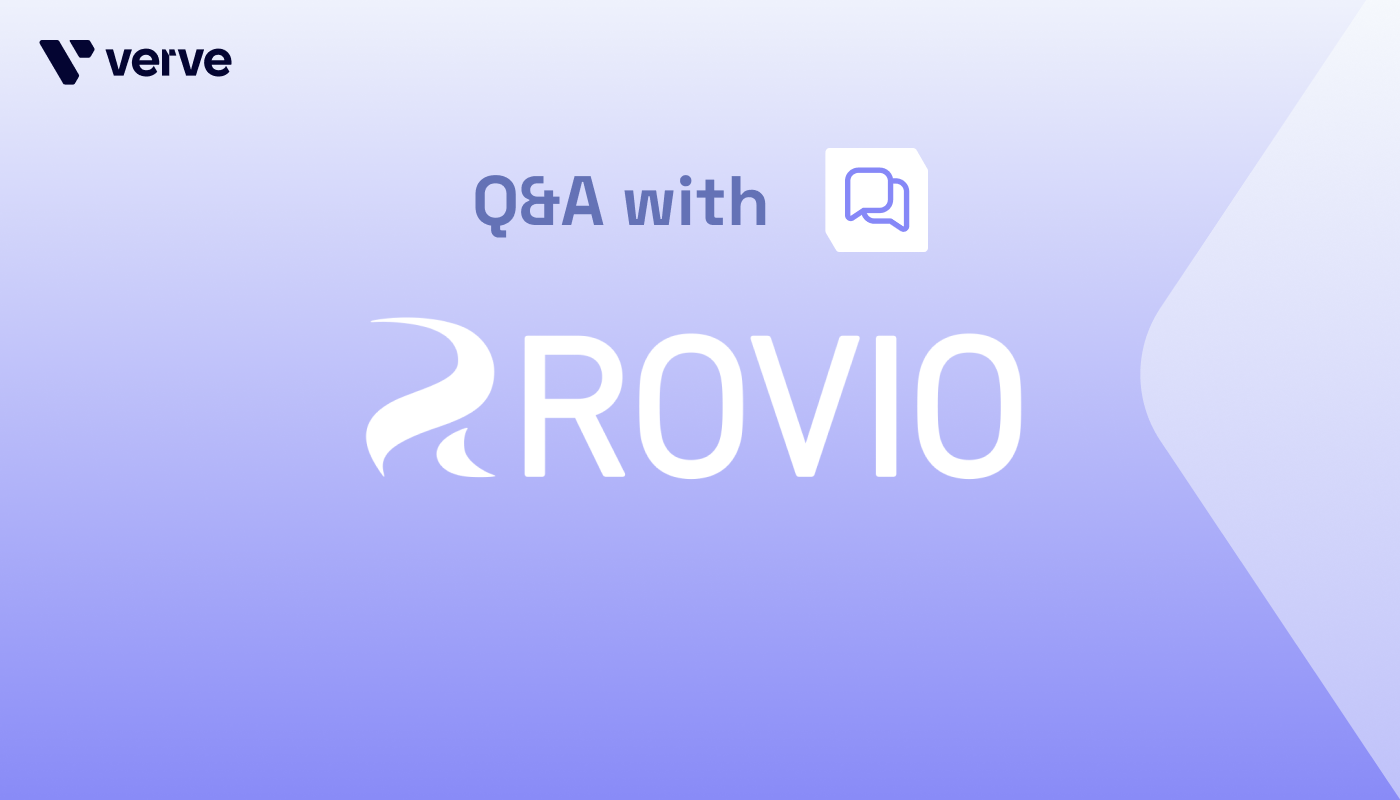Do the math: 3 industry factors x 3 stakeholders = 9 need-to-know priorities
Yes, we know that “change is the only constant” is an overused truism. That said, change really is ad-tech’s only constant, and that’s a good thing — especially now. With so many seismic shifts in privacy, identity, and personalization, we need change agents, but we also need change agents who are trustworthy.
In the deluge of shifting information and ideas, these three industry factors make a conversation about earning trust and expecting transparency necessary:
-
- Industry consolidation
As the relatively young programmatic advertising industry matures, consolidation is an inevitability. Companies looking to expand the depth and breadth of their offerings turn to mergers and acquisitions, and organizations looking to graduate from hungry startup mode join forces with peers or get snapped up by more established players.
- Industry consolidation
-
- Ad fraud
Media buyers and ad publishers are constantly battling fraudulent ads from bots and bad actors.
Ad fraud in programmatic drives up ad costs, eats into publishers’ revenue, and exposes audiences to irrelevant ads.
Digital ad fraud has increased by over 130% in the last five years. The cost of fraudulent advertising is expected to hit $100 billion in 2023.
- Ad fraud
-
- Privacy regulations
GDPR and CCPA were just the beginning. Differing approaches to compliance — and trying to predict future regulations (hello, CPRA!) — have ripple effects throughout the advertising technology industry.
- Privacy regulations
Who cares about trust and transparency in advertising — and why?
These factors are shaping the future of Verve, and they speak to how and why we are shaping the future of our business, today. So with this in mind, let’s take a look at three primary categories of stakeholders, each with specific priorities and different roles to play when it comes to trust and transparency in digital advertising. Each of these categories is broad, with some distinct sub-groups.
- Media buyers
- Advertisers/brands looking to promote their products or services, with an ultimate goal to increase sales.
- Agencies acting on behalf of brands.
- Demand-side platforms (DSPs), ad servers, data management platforms (DMPs) dedicated to helping advertisers, brands, and agencies achieve their goals efficiently.
- Publishers
- Content publishers and apps who own the advertising inventory and seek ways to monetize with the highest possible yield.
- Supply-side platforms (SSPs), publisher ad servers, and data management platforms (DMPs) that help inventory owners meet advertisers’ demand and maximize publishers’ earnings along the way.
- Consumers
- Anyone and everyone who uses the internet and consumes ad-supported content or apps.
Priorities for media buyers, publishers, and consumers
Big-picture priorities
Now, it’s time to get three-dimensional: here are the top three priorities for these ad-tech stakeholders.
Media Buyers
-
- Inventory quality and measurement
- Supply path visibility
- Targeting & audience control
Publishers
-
- Control over monetization
- Building trust with media buyers
- Building trust with consumers
Consumers
-
- Clarity on usage of personally identifiable information (PII) data
- Reasonable tradeoffs on data
- User-friendly privacy controls
Media buyers: what’s on their minds?
Marketers and advertisers have always wanted to reach the right audiences with the right message in the right place, at the right time. In the face of ongoing consolidation within the advertising industry, media buyers also want full transparency on where their budgets are flowing and control over this process. This is completely understandable, especially given rising concerns about ad fraud.
To ensure ad budgets are getting the best bang for the media buyers’ buck, transparency is required in these three areas:
-
- Inventory quality and measurement
-
- Ensuring brand safety and avoiding harm to the brand image due to low-quality ad placement or clickbait publishers.
-
- Reporting capabilities for insights into all inventory attributes and performance.
-
- Inventory quality and measurement
-
- Supply paths
-
- More direct = more efficient. Visibility into how many “middlemen” players or agencies are involved in campaign execution helps media buyers identify opportunities for improved efficiencies.
-
- Supply paths
-
- Targeting & Audiences
-
- You know what they say about trees falling in forests. Media buyers value transparency into which consumers will see the ads – and where.
-
- Targeting & Audiences
Publishers: What’s the best way to build bridges with buyers and audiences?
Publishers might own the advertising channels, but they still face challenges when it comes to controlling what happens to their inventory. This lack of control can make building trust difficult with media buyers and consumers alike. Consumers prefer content from sources they can trust, and irrelevant or inappropriate ads erode trust. Some publishers have even turned to building their own SSPs to address these issues. Publisher-owned technology narrows the distance between publishers and buyers, but potentially sacrifices economies of scale.
-
- Control over monetization
-
- Publishers seek transparency – and the technology – to take greater control over how they sell their traffic and inventory.
-
- Technology vendors, including ad exchanges, need to offer publishers more control over their inventory, as well as enough transparency for them to operate off third-party platforms accordingly.
-
- Control over monetization
-
- Build trust with media buyers through better understanding
-
- Many publishers want to form direct business relationships with media buyers (like the good old days!)
-
- Publishers require the flexibility and visibility to sell directly where possible and to use a marketplace/exchange to optimize against where inventory is not sold.
-
- Build trust with media buyers through better understanding
-
- Build trust with consumers
-
- In a world with billions of ad requests transacting every second, publishers can’t afford to lose audiences due to rogue third-party ads. Bad ads can come in many forms, such as inappropriate content, blank or slow-loading ads – or even malware.
-
- With high customer acquisition costs for media buyers, the last thing publishers need is to lose audiences – and monetization opportunities.
-
- Build trust with consumers
Consumers: What does opting in really mean?
- Clarity on usage of personally identifiable information (PII) data
- After years of hyper-personalized ads, consumers are looking for respect for their privacy, as well as transparency and control over how their data is used.
- Reasonable tradeoffs on data
- Call it fair-trade advertising: Consumers are willing to pay for high-quality content experiences, but currency varies. A consumer can “pay” with their time, attention, personal data, or actual money. In any exchange of currency for content, an individual consumer deserves the confidence that the data collected isn’t unnecessarily detailed and will be used ethically.
- User-friendly privacy controls
- GDPR is here to stay, but consent management platforms (CMPs) still have a ways to go to make it easier for consumers to understand their privacy options.
- Clarity on usage of personally identifiable information (PII) data
What now?
We need to talk about the cookieless future. Consumers are looking forward to better-protected PII, but many media buyers and publishers are still scrambling to prepare for whenever Google finally kills the cookie — as well as other curveballs like iOS 14 and iOS 17. Alternatives to cookies — such as anonymized targeting on mobile (ATOM) for in-app ads and contextual advertising solutions like Moments.AITM — are at the vanguard of what’s next for programmatic.
Verve offers many resources across our ecosystem to amplify why trust and transparency matter. Reach out to have a conversation about to help your team adhere to these principles — now and in the future.
Looking for an even deeper dive into this topic? Check out this resource we shared as part of our friends at IAB Europe’s Industry Insider series.








